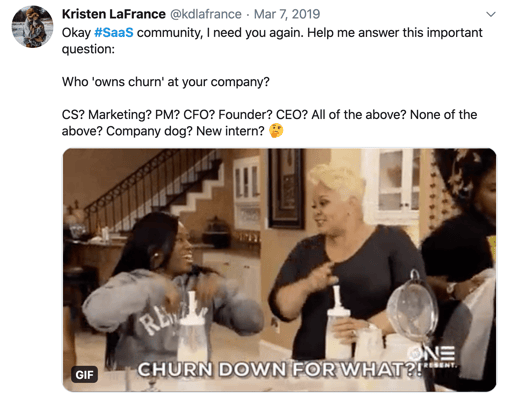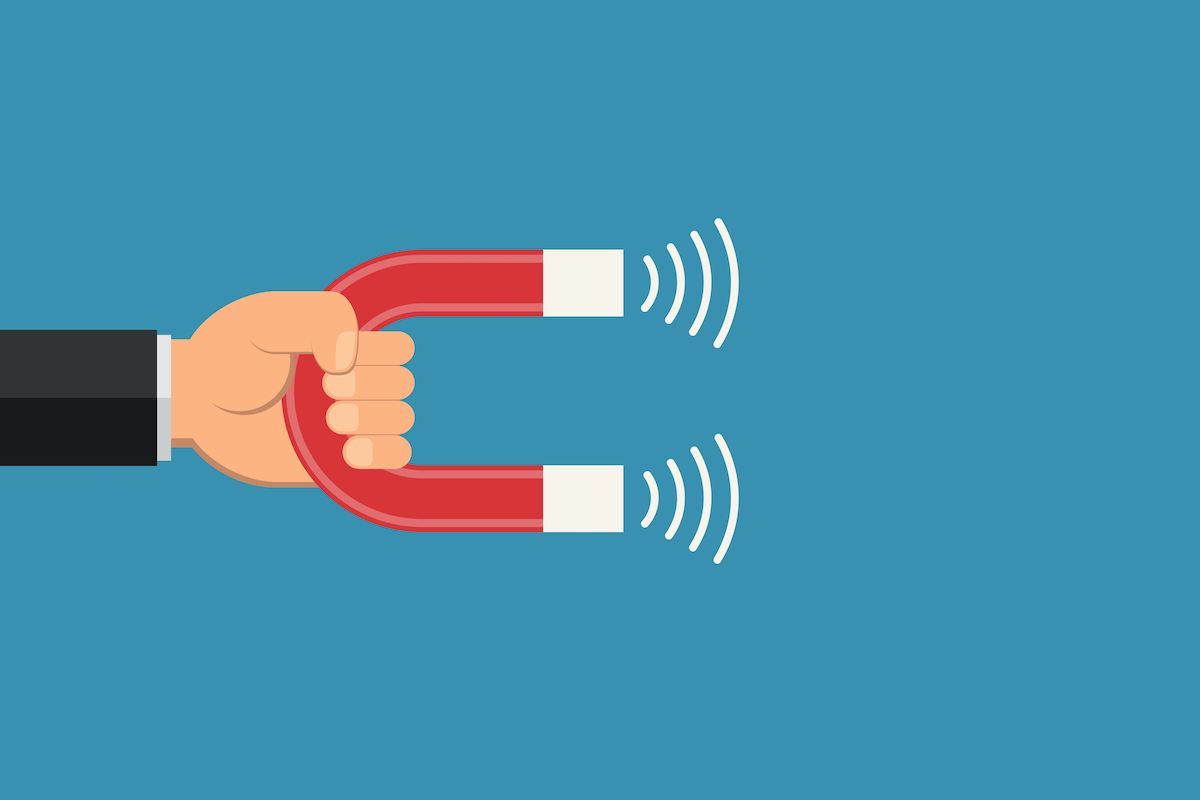It’s a jungle out there for SaaS companies. The marketplace is crowded; the competition is fierce. Once your business acquires new customers, you’ll want to do everything in your power to keep them.
And in the SaaS marketplace where a recurring revenue business model is at the core of profitability and growth, one thing is certain: customer retention is the key to long-term success.
So what are some marketing strategies that can help your SaaS company shift to a customer-first approach that boosts your bottom line?
Here we’ll offer six steps to ramp up retention and safeguard your business against its less-desirable counterpart, churn.
What is Customer Retention?
Customer retention is your business’s ability to retain customers over a specified period of time. The time period can be monthly, quarterly, or yearly — whatever makes the most sense for your SaaS business.
The primary metric that’s used to define retention is called customer retention rate.
Customer retention rate is the percentage of how many customers you keep within a specified time period, and it is calculated as follows:
Customer Retention Rate = ((# Customers at End of Period - # Customers Acquired During Period) / # Customers at Start of Period) X 100
How to Reduce Customer Churn
In any subscription-based company especially, where your customers have regular opportunities to churn, you’ll want to pay close attention to both retention and churn rates.
From metrics to marketing tactics, here are some actionable steps you can take:
1. Identify customer retention metrics for your SaaS company
Alongside customer retention rate, there are several metrics that serve as valuable KPIs for companies looking to build loyalty.
For a deep dive into these metrics, you can learn more in our guide, Key SaaS Metrics and How to Track Them in HubSpot.
Some of them include:
- Customer Churn Rate- the rate at which customers stop buying from you
- Revenue Retention Rate - the rate in which customers are retained
- Customer Lifetime Value - the average amount of revenue a customer generates during his or her entire relationship with your company
- Monthly Recurring Revenue - the amount of revenue generated in a month
- Revenue Churn - the amount of revenue lost in a given time period
- See more metrics and how to calculate them
Again, establishing KPIs and benchmarks is a sensible first step from which you can then shape and measure your marketing plans and tactics.
2. Shift your focus: Think customer retention vs custom acquisition
As more and more companies break into a highly competitive SaaS space, there is a strong tendency to focus on customer acquisition vs customer retention. The tendency is significant, too: 44% of companies have a greater focus on acquisition vs. 18% that focus on retention.
This is natural, especially among nascent businesses still in the growth stage. But for organizations who have shed their skin as a startup and have an established customer base, customer acquisition becomes exponentially easier and churn lowers dramatically.
For these companies, it’s time to balance efforts and think about both acquisition and retention. Those who do will see huge gains.
Consider the following compelling data:
- Companies less than 3 years old have a churn range spread from 4% to a whopping 24%, whereas companies 10+ years old are seeing churn in the 2% to 4% range. (Profitwell
- It is up to 25X more expensive to acquire a new customer than retain an existing one. (HubSpot)
- A 5% increase in customer retention can increase company revenue by 25-95% (HBR)
- Retained customers buy more often and spend more than newer customers. (HubSpot)
- The bar is higher for SaaS companies specifically - a retention rate above 35% is considered “above average” for SaaS companies; as compared to 25% for other industries. (HubSpot)
3. Establish who "owns" customer churn within your organization
Who is in charge of customer retention and churn for your SaaS company? The CEO? Customer service? Marketing? A task force of cross-functional teams?
If you’re not sure, you're not alone. The question of ownership is an important one -- so now’s a good time to settle this.
Typically, marketing is well-poised to manage churn, having access to and expertise in customer data, automation tools, and deep knowledge of the customer in general. If your marketing team does not “own” customer churn, make sure they are still involved to help adjust strategies accordingly.

4. Determine the top reasons for customer churn
Can you determine which factors are contributing to customer churn? Be sure you have a system in place to isolate and identify the triggers that may be causing churn.
One way to do this? Ask your customers! Using a Net Promoter Score (NPS) is a relatively quick and easy way to gauge whether your customers are satisfied with your product or service. Here’s how to do it.
Many companies also use software to monitor product usage and engagement, for example, and automation/analytics tools that provide further insights into your marketing tactics.
For SaaS companies, common churn triggers include:
- Frequency of Usage -- what is the frequency of product usage?
- Breadth of Usage -- are customers using your full breadth of solutions?
- NPS Results -- how happy are your customers?
- Changes to Key Staff -- what happens when a product evangelist leaves the company?
- Tool Limits -- are customers hitting their usage limits?
- Engagement -- are there long delays in product engagement?
These are just some of the many tactics to help evaluate churn triggers; oftentimes such strategies fall under the larger umbrella of Customer Success.
5. Create a plan and an infrastructure to reduce churn
Now that you’ve established key metrics, identified triggers, and made a commitment to tackle customer churn, how do you tie it all together? Here are some steps to follow that will help you chart your course.
- Set Goals - Set clear, attainable goals based on the triggers you’ve determined are important to your business. Focus on 1-2 things at a time.
- Identify Data Points - Determine the data that’s important to achieving those goals identified. Where is the data coming from? Identify the tools you'll need to track your metrics, and who the resource will be to track them.
- Set Up Your Service Infrastructure - What is your business’s service structure? Is formal ticketing and staff required, or will email suffice? Are there ways you can automate the process? You’ll also want to determine “required properties” that you’ll need to manage the data, for example:
- Alert Types
- Action plans
- Resolution reasons
6. Think about SaaS customer engagement strategies
The anecdote for reducing customer churn is simple: engagement. In your marketing materials, you’ll want to focus on strategies to connect to your customers in personalized, meaningful ways. For example:
- Customer-only newsletters offering tips, advice, and announcements on new features on the horizon for your SaaS solution
- VIP customer portal on your website, offering a curated collection of exclusive, targeted content
- Opportunities for feedback - make it easy for your customers to provide feedback, whether it’s through a survey, a ticketing system, or a general health check-in
- Exclusivity - give your customers access to exclusive offerings and beta features that aren’t available to anyone else
Is your SaaS organization in the startup phase? Don’t miss these tips on how to foster customer retention and customer success: How SaaS Startups Can Create Great Customer Success Strategies.
In a competitive SaaS marketplace, the importance of a customer-centric strategy is impossible to ignore.
By incorporating these strategies, you’ll ramp up customer retention, get ahead of churn, and lay the foundation for long-term sustainable growth.



